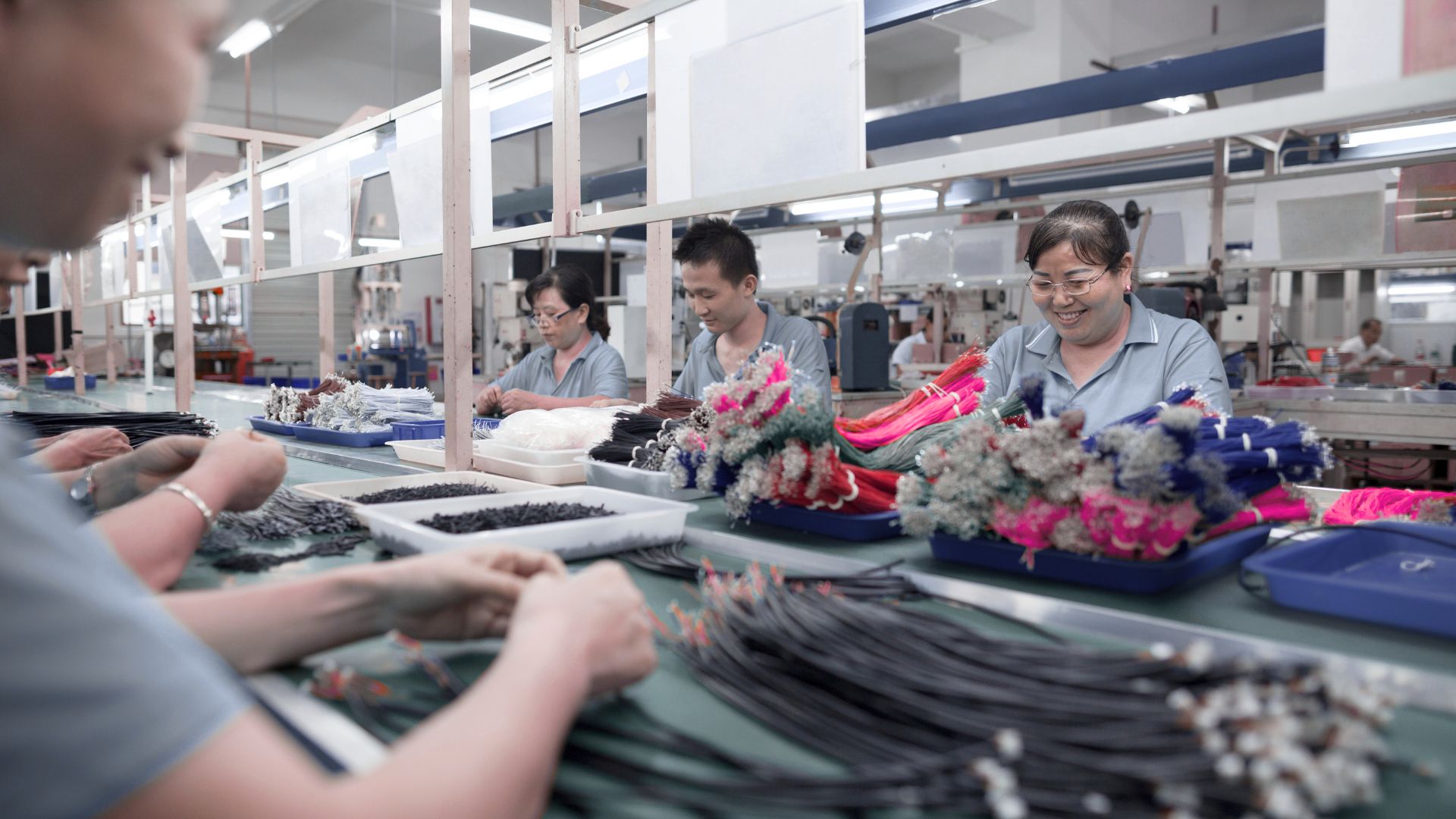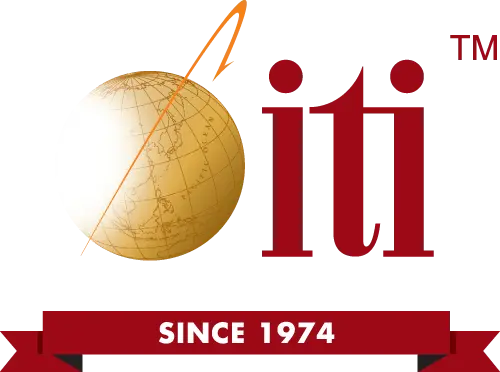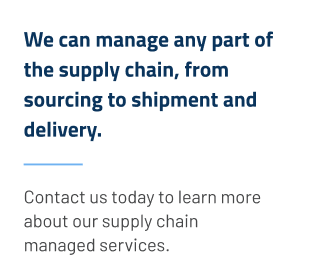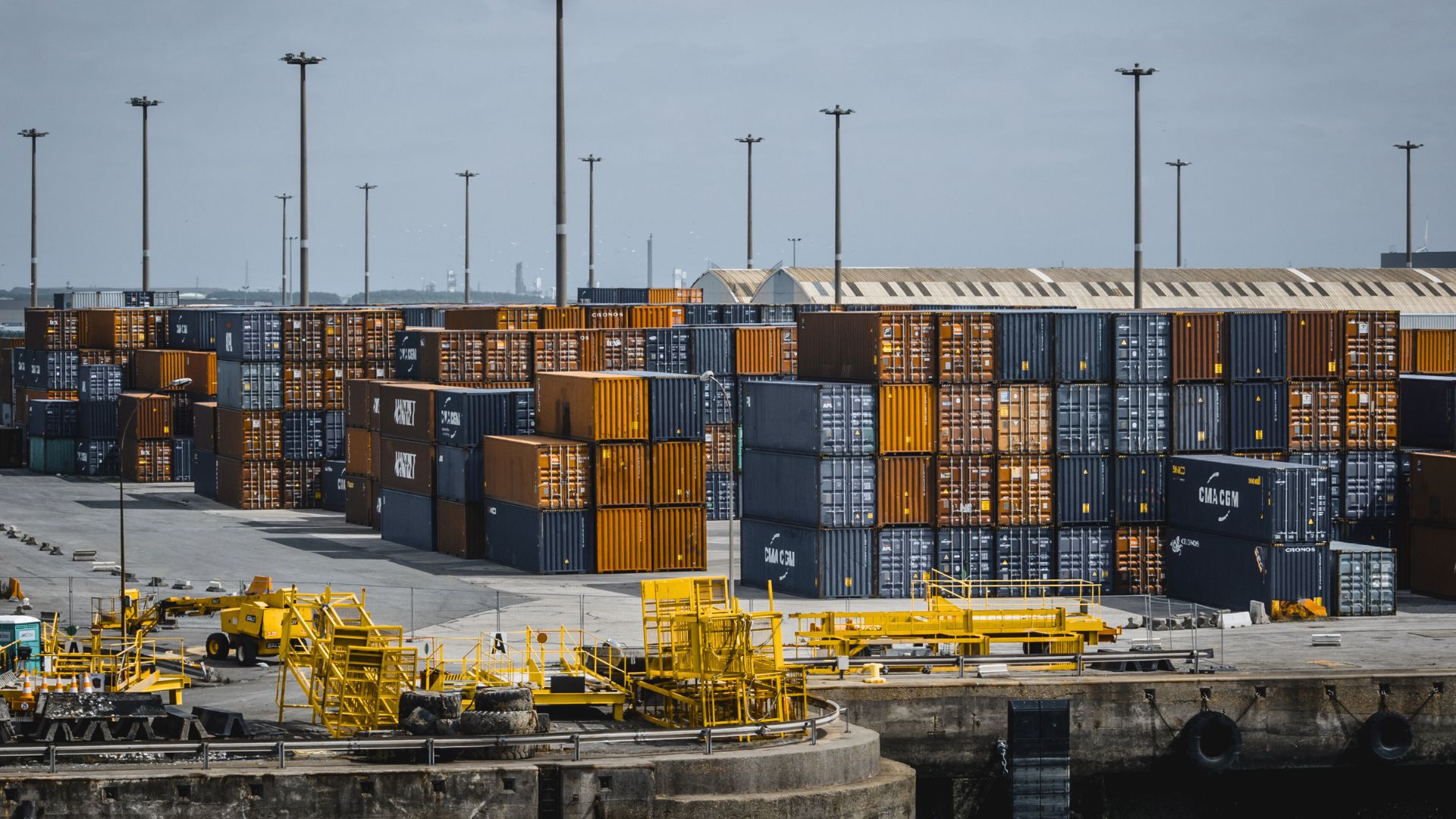
It is common now to have goods made in China, but this wasn’t always the case. The shift didn’t happen overnight. It took decades of gradual change, shaped by global economics, political reforms, and evolving supply chain needs. What started as an experiment for a few companies turned into a long-term strategy for many.
At ITI Manufacturing, we’ve seen this evolution firsthand. For over 50 years, ITI has helped U.S. businesses manage overseas production with clarity and control, particularly in China.
In this article, we’ll explore when and why U.S. manufacturing shifted to China, what changes occurred along the way, and how companies today are navigating offshore production with improved tools and stronger partnerships.
A Brief History of U.S. Manufacturing in China
The story begins long before the first “Made in China” label appeared in an American store. It’s rooted in policy, opportunity, and timing.
1970s to 1980s
Under the leadership of Deng Xiaoping, China began to open its economy to the world. These reforms included the creation of special economic zones, the invitation of foreign investment, and a shift away from central planning. This made it possible for international businesses to consider China as a viable option.
1980s to 1990s
U.S. companies seeking lower production costs began relocating labor-intensive manufacturing operations to China. Items like textiles and electronics were among the first to be produced abroad. At the time, labor in China cost a fraction of what it did in the United States, and the regulatory environment was far less complex.
Early 2000’s
China joined the World Trade Organization in 2001. That move sparked a surge in global manufacturing partnerships. With better access to international markets, China quickly became the go-to location for contract manufacturing. American companies deepened their reliance on Chinese suppliers for everything from consumer goods to complex components.
2010s to Today
As supply chains matured and automation expanded, China strengthened its position in the global economy. While trade tensions between the U.S. and China have been tenuous, the country remains a key player in international production.
Key Reasons Why Companies Moved Manufacturing Overseas to China
Here’s a quick breakdown of key reasons manufacturing moved to China:
- Labor costs were significantly lower. In the 1980s and 1990s, Chinese factory wages were a fraction of those in the United States. For labor-heavy industries, this meant a dramatic drop in per-unit production costs.
- Infrastructure improved quickly and effectively. China invested heavily in its roads, ports, railways, and power supply. That made it easier and faster to move goods through the production process and out to global markets.
- Everything was all in one place. China developed dense manufacturing ecosystems. Suppliers, sub-suppliers, raw materials, and logistics services were all nearby. That made production more efficient and reduced delays.
- The government played a supportive role. Local and national policies encouraged exports and foreign investment. Tax incentives, reduced red tape, and export support made China even more attractive to U.S. companies seeking to boost their margins.
What U.S. Businesses Gained (And Risked)
For many companies, moving production to China created an opportunity to expand global reach while keeping costs under control. For many, the benefits looked like this:
- Lower per-unit costs
- Scalable manufacturing
- Access to materials and components not readily available in the U.S.
But the decision to move production wasn’t without risk. Many companies experienced the following challenges:
- Longer lead times
- Inconsistent quality and costly delays
- Lack of protection for intellectual property
- Tariff fluctuations
- Supplier communication struggles
- Concern over supporting poor working conditions
While the benefits were substantial, they were often paired with a learning curve. Without close oversight, some companies encountered quality issues that led to delays or necessitated expensive rework. Others found that managing intellectual property overseas required airtight contracts and ongoing vigilance.
Trade policies also shifted more than once, making tariff costs unpredictable. For teams not accustomed to working across time zones or cultural norms, supplier communication became an unexpected hurdle.
That’s why experience matters. Companies that partner with a team like ITI Manufacturing gain more than just access to offshore factories. They gain guidance, boots-on-the-ground insight, and a smoother path through the challenges that come with global production.
How Manufacturing in China Has Evolved Over Time
Some things look very different from 20 years ago, while others have stayed remarkably consistent. Wages have increased, and stricter environmental regulations are now in place. But even with those changes, many U.S. companies still find China cost-effective, especially for complex or high-volume products. Several reasons help explain why that’s still the case.
- Diversification is now a priority. Many businesses use a “China+1″ strategy, sourcing from China but also establishing production in countries like Vietnam, Mexico, or India. These changes reflect broader offshore manufacturing trends that continue to shape global production strategies.
- Relationships still matter. Factory trust and reliability have become even more important. Companies that spent years developing partnerships in China are often better positioned to manage quality, timelines, and costs.
- Experience counts. It’s not just about choosing a factory. It’s about having boots on the ground and knowing how to keep things on track.
- Innovation continues to grow. Many Chinese manufacturers have invested in advanced equipment, automation, and process improvements. This makes them capable partners for more technical or precision-driven products.
Why Strategy Still Matters Today
Knowing when manufacturing moved to China is straightforward. Figuring out how to do it successfully today is a different story. The shift started more than forty years ago, but success now depends on the way you approach it, not just where production happens.
Successful manufacturing depends on having a proven process, experienced suppor, and the right partnerships in place. At ITI Manufacturing, we help companies manufacture overseas without the risks. Whether you’re producing in China or exploring other options, we provide you with the tools and insights you need to protect your product and your peace of mind.
Need help manufacturing in China without surprises?
Contact us today and get started on building a plan that works for your budget, timeline, and your goals.




